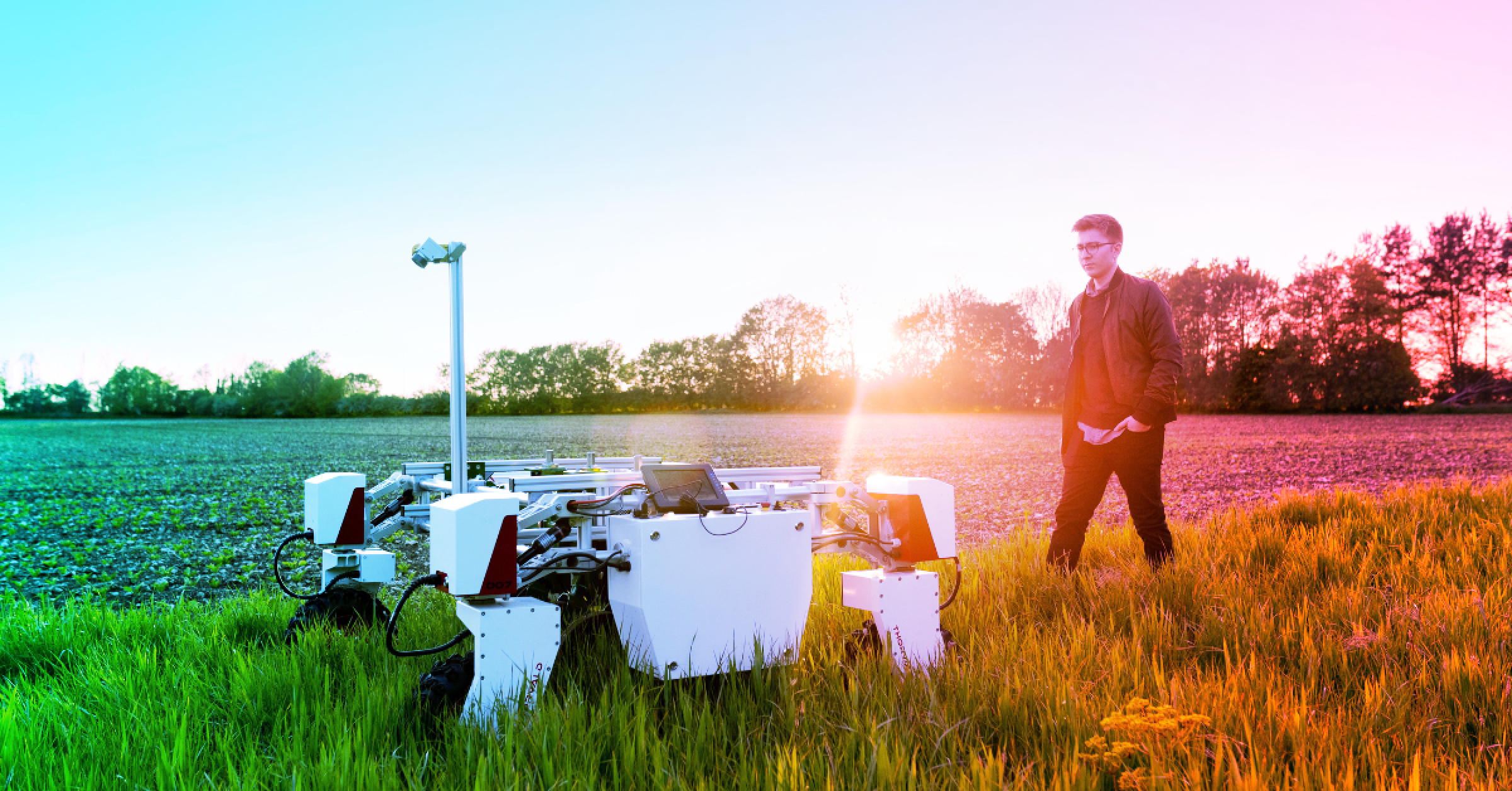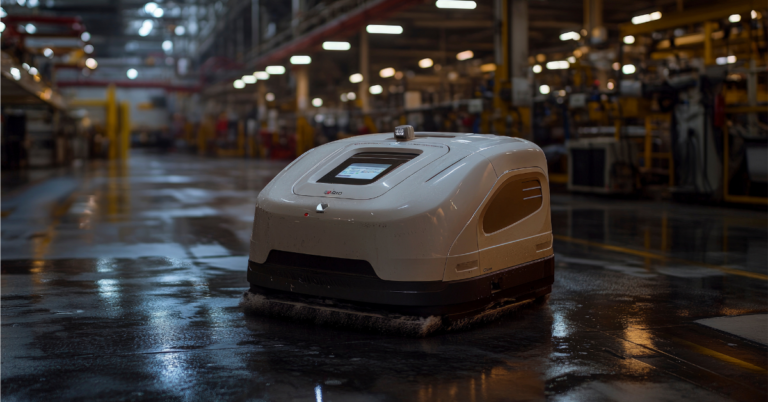If you thought you’d never work alongside a robot in your career, millions of others in the workforce would likely agree with you. Even a few years ago, the concept of having a robotics job for non-technical roles still seemed like a sci-fi dream.
Today, however, this is no longer the case.
The rapid pace of technological advancements and the increasing use of robots are fundamentally changing the way almost every industry tackles tasks, especially those that are repetitive or dangerous. However, as robots come into maturation that allows them to reliably take over tasks, this system is creating quickly roles that non-technical people can take on with no prior robotic experience.
We’ve discussed robot literacy before- the education of workers on basic robotics to build an understanding of how to work alongside devices. However, roles that work with robots that don’t require any prior knowledge have begun to spring up and will continue to as we introduce robots into more environments such as restaurants, farms, and more.
So, what do this mean for the workforce as a whole, and does this mean truly anyone can work with robots? Does building robot literacy still hold value for workers as automation advances? Let’s take a deeper look at what the reality of working alongside robots means, and what we can do to help prepare workers, today.
Automation is hitting industries, fast
Let’s take it back a few years to primary school, where robotics education is becoming more popular for students as they begin to prepare for jobs they may have in the future that will most certainly be impacted by automation. These robotics clubs and classes are incredibly valuable for students, but what about the workers of today that are beyond school and witnessing automation firsthand with little to no previous experience with these devices?
As we mentioned, the pace of automation in various industries is accelerating at an unprecedented rate. Now, robots are mowing lawns, maintaining security measures at your local big box store, and even delivering your food at a restaurant- or even to your home.
The conversation a few years ago used to center around robots taking jobs. Although there was some truth that select tasks would no longer need a human, this change has transpired an outpouring of new jobs assigned to supervise this technology, paired with those that also work around them. As robots continue to make more space for themselves within their new environments, more workers than ever are being exposed to robotic solutions that are designed to fill gaps in labor and increase efficiency.
Suddenly, a waitress becomes a robot-adjacent job, or the former security guard now monitors the robot doing the patrolling, remotely. Faster than they can take any course to prepare for such a shift, workers are interacting with robots and whether we’d like to admit it or not, there’s an almost unrealistic expectation to get onboard quickly or face being left behind.
Humans and robots are still connected
It’s well-known that autonomous robots will still need human supervision and intervention. Due to this, we can predict to see even more jobs become tied to robots that haven’t previously existed; a study by World Economic Forum predicts that by 2025, automation will have created 12 million more jobs than it eliminates.
“Upskilling” is a word often brought up when automation is mentioned, but can feel vague as the impact of robots is so widespread across industries and will look different for every role. On a farm, it may look like a farmhand walking alongside a robot to course-correct where needed. Or in a construction site, tradesman use robots as a tool to complete tasks such as laying drywall quickly. So, what are the common threads opening doors for workers to make it possible to work alongside robots?
Software tools are one aspect working to connect humans and robots are making it easier for non-technical workers to operate robots. Remotely operating a robot via a computer or even a mobile phone can be easily taught, and some of these platforms can provide alerts that help users understand errors so they can supervise the status and notify technical counterparts.
But even with the support of tools that allow workers to quickly get on board with robots, building education around robots is one of the best ways to ensure the growth of robot-related jobs remains accessible.
Robot literacy for workers matters
Robot-adjacent jobs will continue to grow- we know this. As they do, it’s critical that workers feel supported before they are presented with the opportunity and build a basic understanding to give them a head start.
How can company leadership prepare workers for such a transition?
Although no established path exists for building robot literacy within a workforce, executives can start simply by communicating to roles that robots will likely soon impact. Prepare ahead of time by honing in on the specific skills they’ll need to successfully work with a robot, and have an open discussion with employees about how they feel they’ll best learn them. If you’re able to, try and secure a real robot (the model employees will be working with) to train with so staff is fully acquainted when robots are fully integrated. There are few training programs specifically created for working professionals, with most focused on manufacturing such as Ready Robotics which offers an academy, and ABB offering hands-on instruction or in-person visits to a location to educate teams, but the current landscape reveals a desperate need for expanded industry curriculum that can be applied to multiple disciplines.
In the likely case that your company will have to take robot education into your own hands, listening to staff is the best way to approach the shift so they feel supported and properly prepared for the role they’ll be undertaking. It’s also important to communicate roles that automation will create so workers themselves can set goals and make an informed plan for their careers.
As robots continue to become closer to humans, we have a responsibility to ensure we carry robot education through school and support workers in a rapidly changing technological landscape. Creating a strong interest and knowledge base of robotics in students is critical to building a strong workforce for tomorrow, but we cannot forget about the workers of today. By calling attention to the real need for robot literacy in the workplace and having the necessary conversations, we can ensure the workforce of today feels prepared to work alongside automation across a spectrum of roles.



